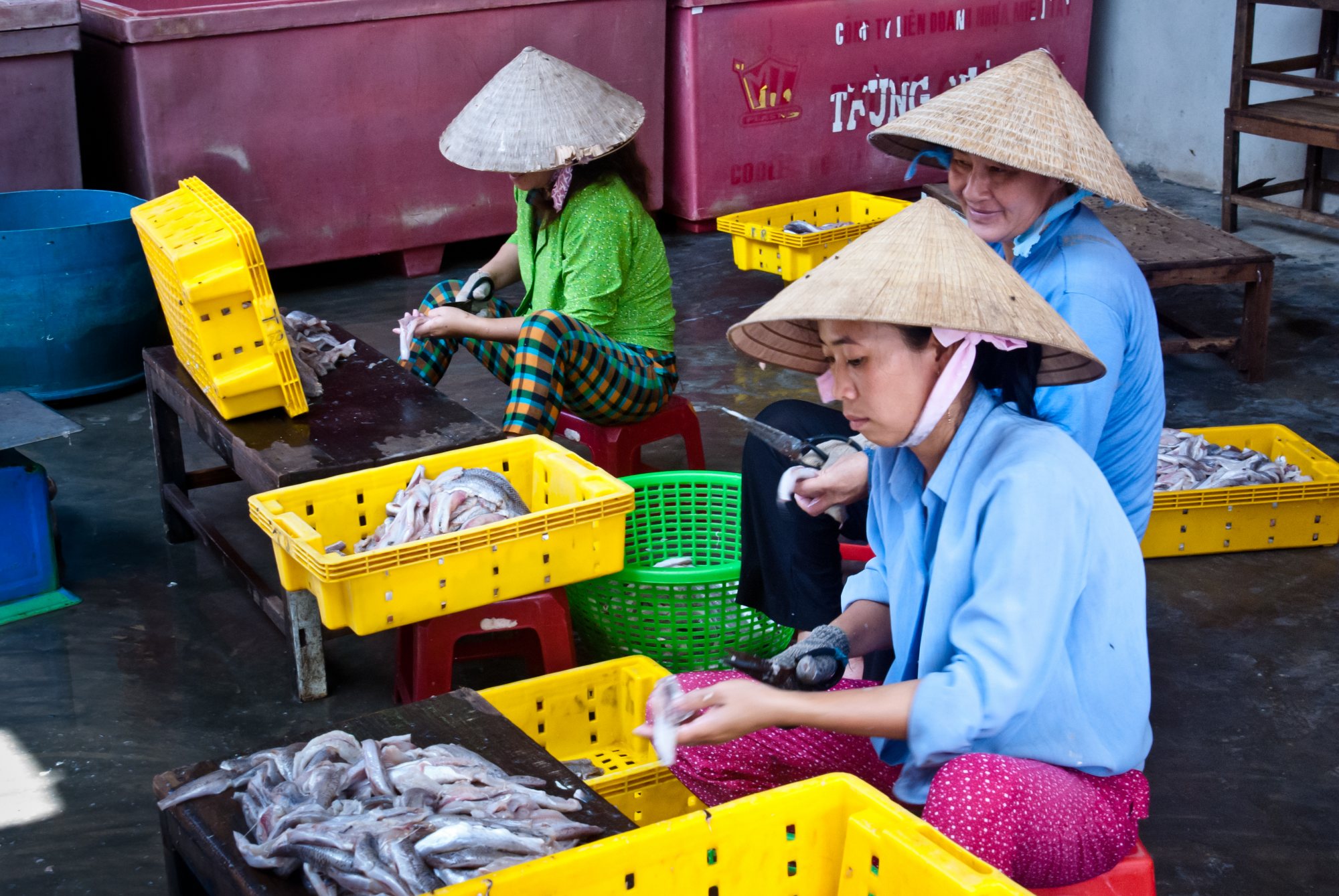After a year-long hard battle against surging COVID-19 infections and deaths, many parts of the world are now treading, albeit cautiously, the path to recovery. The United States, Australia, Canada and the United Kingdom are seeing their economies slowly soaring once again, with some already achieving pre-pandemic levels of economic output.
As these countries reopen and solve pent-up demands for goods, they look into manufacturing- and export-focused countries to import products from. Vietnam, being one of Asia’s main export powerhouses, is currently seeing rising demand for textiles, footwear, furniture and electronics.
The country’s General Department of Customs reported impressive figures in the January-July period. Data show that the import-export revenue reached $371.16 billion, up by 29.5% compared to the same period in 2020. The total export value stood at $184.33 billion, an almost 25% increase from last year. Total imports, meanwhile, was estimated at $186.83 billion, up by 34.4%.
However, while the data all signify growth, Vietnam’s import and export figures in July went down. It’s worth noting that it was in July when the Vietnamese government put several localities, including commercial hub Ho Chi Minh City, under Directive 16. All non-essential businesses were suspended, and movements were restricted, as major towns and cities grappled with the rapid spread of coronavirus infections.

Disrupted production and business activities
Due to social distancing protocols imposed since the beginning of July, factories manufacturing Vietnam’s most in-demand products were forced to temporarily halt operations or reduce manpower. Some companies even implemented “work from factory” methods.
This has resulted in disruption in the circulation of goods within Vietnam and to other nations. According to a report from Vietnamnet, export of crude oil decreased by more than 50% month-on-month, footwear export decreased by 11.8%, seafood decreased by 5.8%, computers and electronic products and components were down by 15.5%.
The Ministry of Industry and Trade noted that the current restrictions on local economic hubs have greatly impacted industrial production as well. The IIP in July 2021 only increased by 1.8% compared to June, and only 2.2% over the same period last year. This is the lowest increase in the past seven months.
Statistics of the General Department of Customs show that Vietnam's trade balance in July 2021 incurred a deficit of $1.5 billion, raising the total deficit in the past seven months to $2.5 billion.

Food industry hit hard
The food and agriculture industry has not been left unharmed. With production and export logistics either limited or suspended, trade to key markets like China, South Korea and the US has suffered.
Exports of fruits and vegetables are expected to sink by 30% in the second half of the year, according to the farm ministry. The Mekong Delta, tagged as Vietnam’s Rice Bowl, has its lands struggling to get farmers to work due to movement restrictions. There’s also a shortage of agricultural materials, presenting a big barrier for workers to continue planting and harvesting crops.
The Ministry of Industry and Trade on Friday expressed concern about the millions of tons of agricultural products that are now stuck in the provinces, as inter-provincial transport has also been halted.
Five million tons of rice, four million tons of vegetables and fruits, as well as 80,000 tons of pork, 400 million eggs and 600,000 tons of chicken, which were destined for overseas markets, have been piled up in containers for weeks.
Though the government has already ordered fast action on allowing uninterrupted flow of goods, the lack of manpower and the inaccessibility of container transport remain a challenge.
Vaccinating agricultural workers would help prevent further disruptions, the government said. However, only about 40% of the farmers, seafood factory workers and other workers have been inoculated so far.
Still optimistic outlook
The severe impacts of the country’s fourth outbreak — which has now recorded 211,500 infections — are now widely felt across industries.
But the Ministry of Industry and Trade remains optimistic that demands for made-in-Vietnam goods will continue to rise. With major trade partners having inoculated more than half of their adult population, consumption of goods will go up in the last months of 2021.
The free trade agreements currently in effect are also a big factor, giving Vietnam products the assurance of getting promoted and exported once restrictions are lifted.
The ministry said exports for electronics, machinery and equipment, furniture, textiles and seafood will increase in the second half of the year, driven by demand from the Chinese market and other major trading partners.
Just recently, Vietnam has overtaken Bangladesh as the second biggest exporter of ready-made garments based on data from the World Trade Organization. This is the first time since 2010 that Vietnam outpaced Bangladesh in apparel exports.
